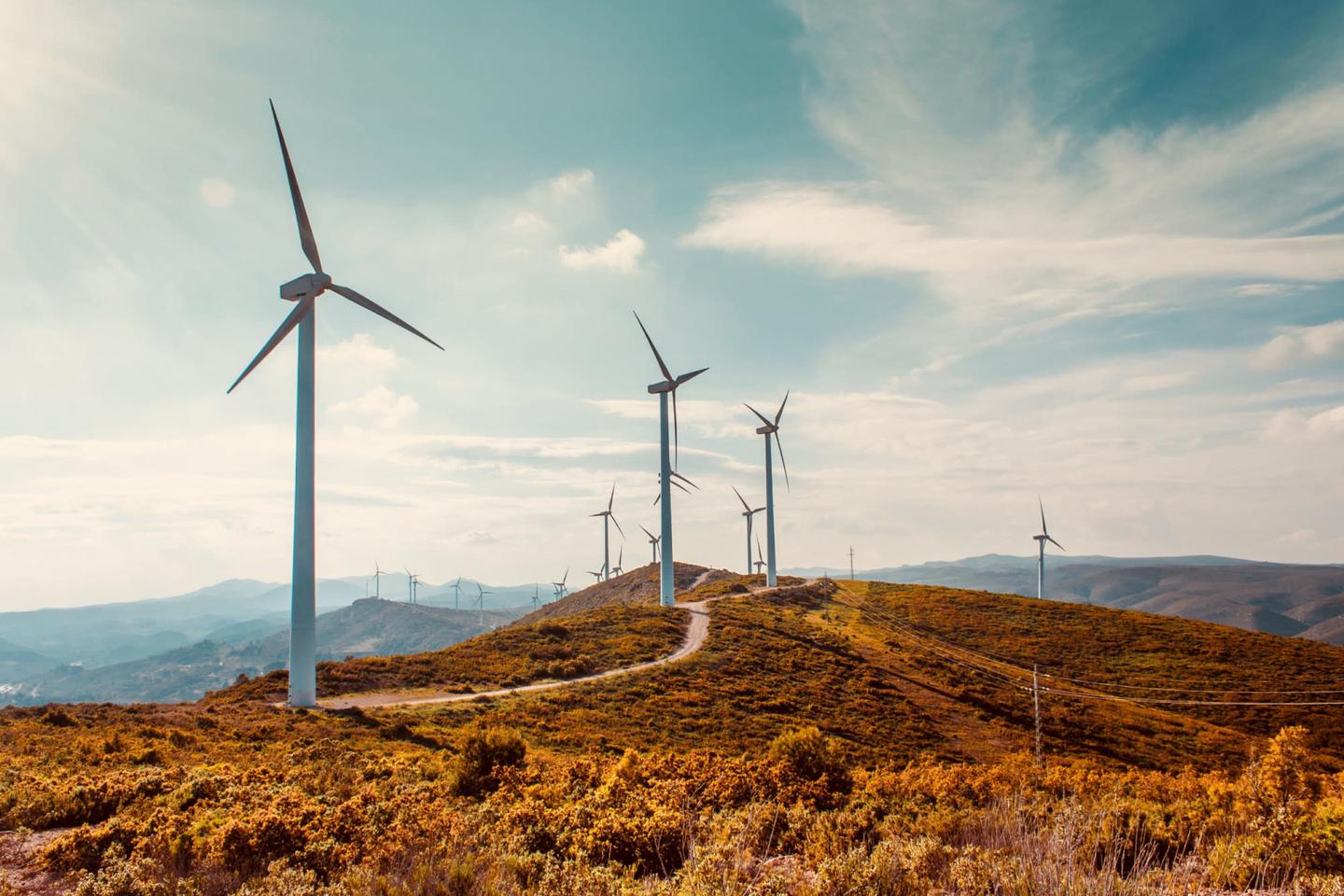Not just cars — Innovations and trends driving the EV ecosystem
As car sales numbers cool and market competition heats up, it’s clear that the EV revolution requires more than automotive innovation. The transition to a net-zero reality involves a range of players, infrastructure, and essential components. Fortunately, industry innovators from automotive manufacturers to energy companies and hardware pioneers are rising to the occasion.

We’ve featured forty of the most innovative EV players in our recent E40 report. Despite recent uncertainty over UK government policy, major investments, creative partnerships and innovation are pushing things forward. We see growing opportunities with physical infrastructure and data alike. In fact, these two elements are woven tightly together. In this blog post, we look into some of the trends that go beyond cars and explore the broader ecosystem of innovations driving the future of EVs.
Vehicle-to-Grid (V2G) technology
Vehicle-to-grid (V2G) technology is a potential game-changer, allowing electric vehicles to not only draw power from the grid but also return excess energy back to it. This bidirectional flow of electricity can help balance the grid, reduce energy costs, and support the integration of renewable energy sources. From a consumer perspective, V2G technology offers significant benefits. It allows EV owners to save on energy costs and even earn money by selling surplus energy back to the grid during peak hours. This integration of vehicles into the energy system enhances overall efficiency and paves the way for a more connected and sustainable lifestyle. Having worked with Fortum on a major data project to optimise capacity and grid loads for hydropower, we understand the type of data engineering that forms the backbone of this seemingly simple concept.
EV manufacturers play a crucial role here. Most are developing models capable of bidirectional charging and as these models become more widely available, the potential for V2G to transform energy markets grows. By providing a flexible, decentralised energy storage solution, V2G can help stabilise the grid, reduce the need for expensive peak power plants, and facilitate the integration of intermittent renewable energy sources like wind and solar. This not only supports the transition to a greener energy system but also promotes energy independence and security.
Charging infrastructure growth
The expansion and improvement of charging infrastructure are crucial for the widespread adoption of EVs. Zapmap reports that at the end of May 2024, there were 62,536 electric vehicle charging points across the UK, across 32,992 locations – a year-on-year increase of 43% in the number of public devices, with 18,910 installed since May 2023.
Our recent E40 report profiles many of the leading UK charging players, underlining how reliable and accessible charging stations are making EVs a hassle-free option for everyday use.
Significant advancements are being made in both public and private charging solutions. New, high-speed chargers designed for all-electric vehicle brands are being rolled out, offering charging speeds that significantly reduce waiting times. Creative partnerships with landlords and real estate owners are creating an elaborate network of charging stations, democratising access and accelerating growth. On-street, flexible, and accessible charging solutions are being developed for households without private parking, supported by local authorities and private companies alike. Connected Kerb are a great example.
The push for standardisation and interoperability among different charging networks is gaining momentum. This can ensure that EV drivers can access charging points regardless of the network, reducing confusion and enhancing convenience, but open data exchange is also vital between EV charging stations, networks, payment systems, and enterprise-wide operations. Without this type of interoperability and integration, a site or asset type runs the risk of being left stranded with limited value and functionality. Investments in EV charging networks should prioritise open and interoperable communication protocols between chargers and back-end systems to avoid vendor lock-in and poor performance. The widely implemented Open Charge Point Protocol (OCPP), managed by the Open Charge Alliance enables communication between a charging station and any network operation or back-end system. OCPP emphasises licence-free use and scalability and underpins all types of overlaying interaction layers for consumers, including apps and hardware.
Battery gigafactories and in-house battery production
Battery production is the backbone of the EV industry. The development of gigafactories is instrumental for reducing costs and securing the supply chain. Major EV manufacturers are bringing battery production in-house which allows them to control quality, reduce reliance on external suppliers, and ultimately lower the cost of their vehicles. VWG, for example, are planning six gigafactories in Europe by 2030, with two under construction already in Sweden and Germany. In the UK, the government published its first battery strategy in December 2023, committing £2 billion in new capital and R&D funding, supporting the manufacturing and development of zero emission vehicles, their batteries and supply chain for 5 years to 2030.
Giant investments are being made in this area, creating new jobs and securing capacity for the automotive sector. Advances in battery technology and production methods are cutting costs and making EVs more affordable and accessible. This includes not only advances in new batteries, but also the reuse and second-life options for battery tech. Additionally, the focus on battery recycling and sustainable sourcing of materials is becoming increasingly important. Companies like Allye are pushing for much wider adoption of second-life battery technology in industry and consumer settings alike. Developing efficient recycling methods and ensuring the ethical sourcing of raw materials are critical for minimising environmental impact, along with innovations in battery chemistry, such as solid-state batteries, promise to deliver higher energy densities, faster charging times, and longer lifespans, further enhancing the appeal of EVs. As these technologies mature, they will play a crucial role in driving down costs and improving the performance of electric vehicles.
Increased interest and mass-adoption
V2G technology, charging infrastructure, and battery gigafactories are pivotal in shaping the future of electric vehicles. Looking at these trends in context reveals their interconnected nature and collective impact. V2G technology not only integrates vehicles into the energy grid but also enhances energy efficiency and sustainability. Charging infrastructure improvements reduce range anxiety and promotes widespread EV adoption. Battery gigafactories and in-house production ensure a stable supply of high-quality batteries, driving down costs and spurring technological advancements.
Together, these trends support a more sustainable and resilient transportation system. They contribute to reducing greenhouse gas emissions, enhancing energy security, and creating economic opportunities through job creation and technological innovation. The transition to electric mobility is not just about replacing internal combustion engines with electric motors; it's about rethinking and transforming our entire energy and transportation ecosystems. We stand at one of the most compelling, and challenging, points in EV history. The industry innovators highlighted in our E40 report are rising to the occasion, paving the way for a net-zero future. To explore these trends in greater detail and understand their full impact, take a look at the detailed report.
 Matthew EdwardsCo-MD, UK
Matthew EdwardsCo-MD, UK






